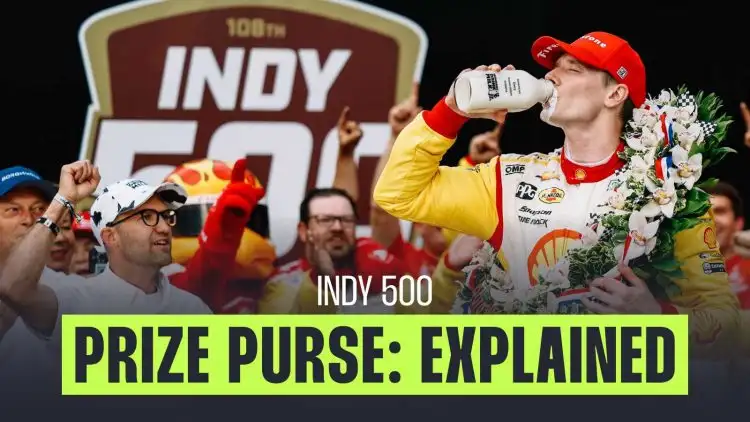The Indianapolis 500, famously known as the Indy 500, is more than just a motor race—it’s a grand spectacle steeped in tradition and prestige. This iconic event offers a substantial financial reward to its competitors, particularly the winner. In 2024, Josef Newgarden clinched the top spot and earned a staggering $4,288,000 for his victory, exemplifying the race’s lucrative appeal.
Since the inaugural race in 1911, when Ray Harroun earned $14,250 from a $27,500 purse, the financial stakes have grown dramatically. Adjusted for inflation, Harroun’s earnings would be worth over $450,000 today. The prize money has continued to rise, despite occasional fluctuations due to global events like wars, economic downturns, and the COVID-19 pandemic.
The exact prize purse for the 2025 race has yet to be disclosed, but it’s expected to remain one of the most significant payouts in motorsports. Traditionally, about 20% of the total purse is awarded to the winner, with the rest distributed among the other competitors. Additional earnings can be gained through achievements like pole position, practice performance, and sponsor engagements.
This year, a new charter system in IndyCar introduces a financial distinction between chartered and non-chartered teams. This means chartered entries are likely to receive a bigger portion of the overall purse, altering the distribution dynamic among teams and drivers.
The Indy 500 has a long history of setting financial milestones. In 1957, Sam Hanks became the first driver to earn over $100,000, taking home $103,000. He had been considering retirement but was persuaded to compete again and ended his career on a high note with that victory.
The million-dollar milestone was crossed in 1989 by Emerson Fittipaldi, who won $1,001,604. This was a historic win as Fittipaldi became the first Brazilian to win the race and the first non-American since 1966. His final-lap battle with Al Unser Jr. added to the drama of the occasion.
In 2024, the total Indy 500 prize purse reached an all-time high of $18,456,000. The payouts to drivers ranged significantly, with the top three alone—Josef Newgarden, Pato O’Ward, and Scott Dixon—collectively earning over $6 million. Even those finishing at the bottom of the field received six-figure sums.
Over the decades, prize money has steadily increased. From the early 20th-century payouts of around $20,000 to multimillion-dollar rewards in the 21st century, the financial aspect of the race reflects its growth in popularity and commercial value.
The Indy 500 remains not only a coveted motorsport title but also a highly rewarding event for participants. With its massive global audience and rich history, the race continues to attract top talent, eager not just for glory but for the significant financial incentives on offer.
